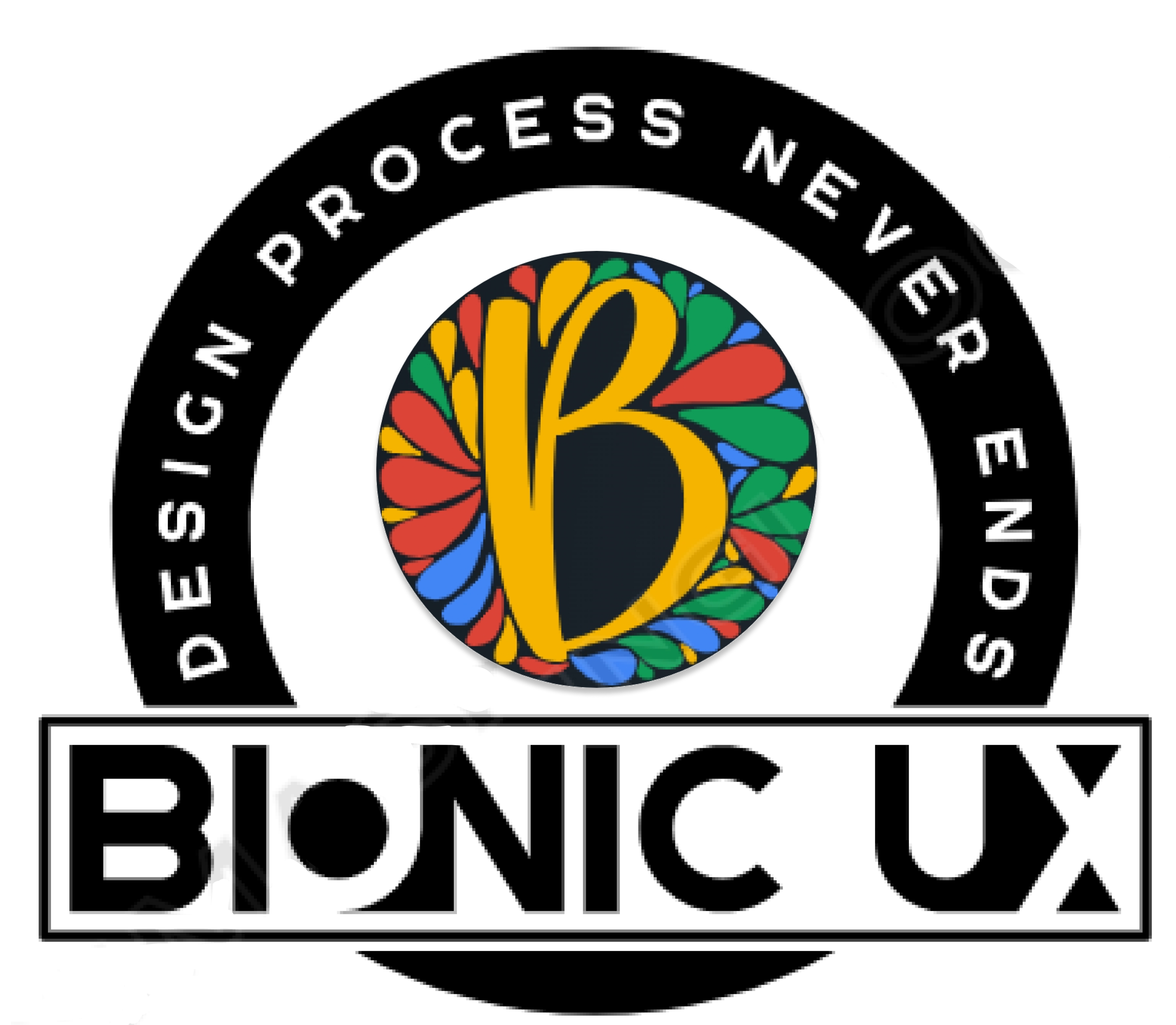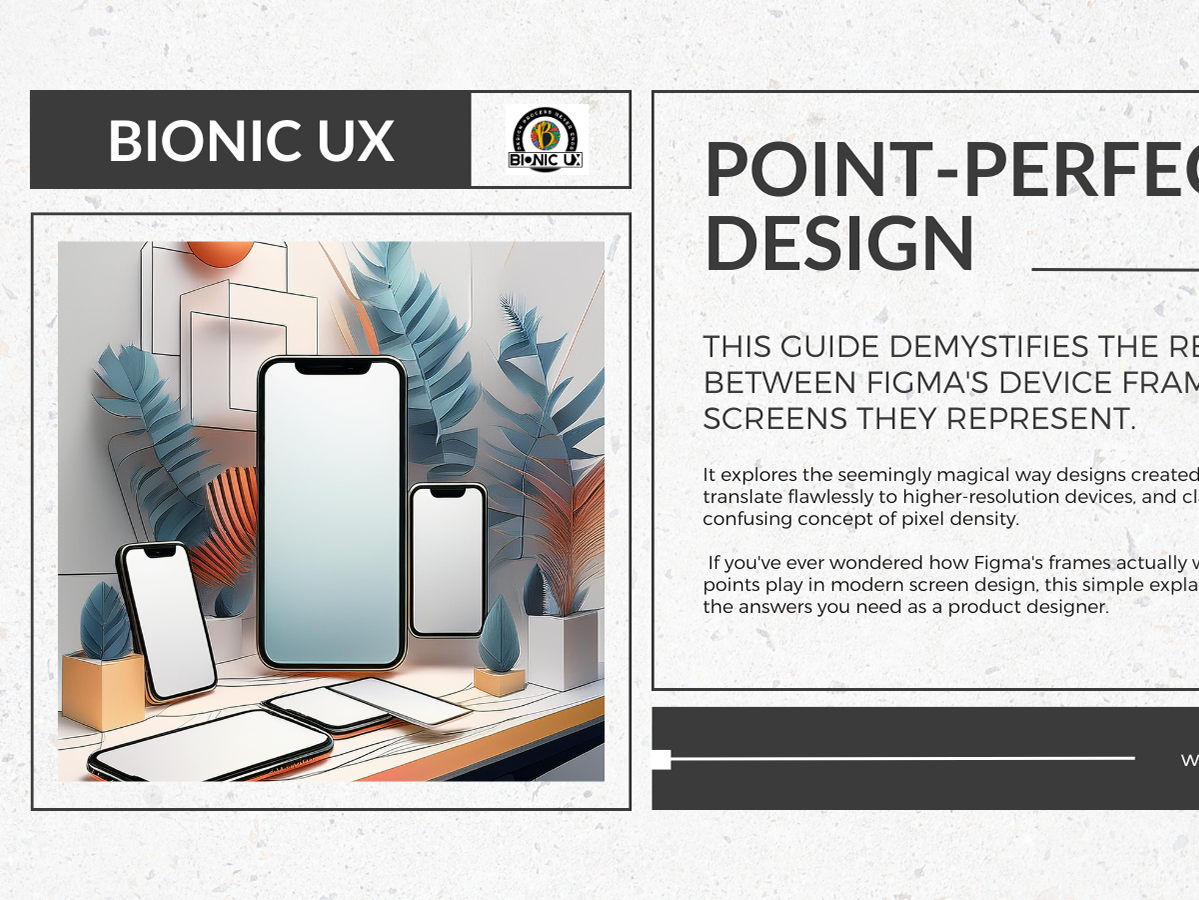I. Ever Felt That Vibe?
You open an app, and instantly, it just feels right. Or maybe it feels… off. It’s not always about the buttons or the fonts; sometimes, it's the subtle science of color playing tricks (or treats!) on your brain. It’s like walking into a room bathed in warm, inviting sunlight versus a stark, sterile office – the atmosphere profoundly shapes your experience.
We're diving into "color temperature" in UI/UX – not how hot your gadget gets, but the psychological warmth or coolness of the colors you see. It's a silent force, powerfully influencing your mood, focus, and actions online. Consider it the unsung hero (or villain) of your digital interactions, subtly nudging you this way or that.
II. Hot, Cool, and Just Right: The Color Temperature Lowdown
Let's break down this chromatic spectrum of feelings:
Warm Colors (Think Fire & Sunsets): Reds, oranges, yellows. These are the attention-grabbers! They evoke energy, passion, excitement, and urgency. Perfect for that "Buy Now!" button or a thrilling game interface, igniting a sense of immediacy and action.
Cool Colors (Think Water & Sky): Blues, greens, purples. These are the chill-out colors. They whisper peace, trust, stability, and professionalism. Ideal for banking apps, healthcare platforms, or calming backgrounds, fostering a sense of security and tranquility.
Neutral Colors (The Steady Ground): Grays, blacks, whites, browns. These are the versatile MVPs. They provide balance, sophistication, and a clean canvas, letting your warm or cool accents truly shine. They're the supporting actors that allow the stars to truly twinkle.
We measure this "temperature" in Kelvins (K). Lower K values (like 2700K-3000K) are warmer, reminiscent of a cozy fireplace. Higher values (5000K-6500K) are cooler, akin to a bright, clear sky. This seemingly technical detail holds the key to unlocking the emotional resonance of our digital world.
III. From Green Screens to Global Themes: A Quick History Lesson
Our relationship with color on screens has evolved dramatically:
The Stone Age of Screens (Pre-1990s): Remember monochrome monitors? Pixels were "off" when black, making dark backgrounds with light text a practical necessity. "Color temperature" wasn't even in the designer's vocabulary; survival was the name of the game.
Color Blooms & GUIs Take Over (1990s - Early 2000s): Full-color graphical interfaces burst onto the scene. Designers started leveraging basic color theory for aesthetics and branding. Light themes, reminiscent of paper, became the norm, and monitors gained basic color calibration, often defaulting to a cool 6500K. It was an era of exuberant exploration, as we reveled in the newfound possibilities of chromatic expression.
The Blue Light Awakening (2010s - Present): Suddenly, everyone's worried about eye strain and sleep disruption from bright, blue-rich screens. Enter the heroes: f.lux, Apple's Night Shift, Windows' Night Light, and the widespread adoption of Dark Mode! Color temperature shifted from pure aesthetics to vital user well-being. This marked a turning point, as we began to recognize the profound impact of screen color on our physical and mental health.
IV. The Great Digital Debates: Where Colors Get Complicated
The seemingly simple choice of color temperature opens a Pandora's Box of complex considerations:
The Ethical Tightrope: Persuasion vs. Manipulation: Is using a fiery red button to create urgency smart marketing or a subtle psychological nudge too far? Designers grapple with influencing users without resorting to sneaky tactics. Where does persuasion end and manipulation begin? It's a question that haunts every responsible designer.
The Device Wild West: Who's in Charge Here?: You design a perfectly balanced cool interface, then a user's phone automatically shifts to a super warm "Night Shift" mode. Features like True Tone and Night Light can override your careful color choices, leading to inconsistent experiences. Can designers truly control perception across every screen? It's a Sisyphean task, constantly battling the ever-shifting landscape of device settings and user preferences.
Accessibility Isn't Just Contrast (But Contrast is HUGE!): While meeting WCAG contrast standards (e.g., 4.5:1 for normal text) is non-negotiable, it's also crucial not to rely solely on color temperature to convey meaning. What if someone is colorblind? That red error message needs an icon or text alongside it to truly be accessible. Accessibility must be woven into the very fabric of design, not merely applied as an afterthought.
Dark Mode vs. Light Mode: The Eternal Battle: Which is better for your eyes? The answer is nuanced! Dark mode can reduce strain in low light, while light mode often offers better readability in bright environments. Modern design aims for adaptability, letting users choose their preference. The debate rages on, a testament to the subjective nature of visual perception.
V. Painting the Future: What's Hot (and Cool) Now & Next
Let's peer into the crystal ball and glimpse the future of color in UI/UX:
Current Trends (as of 2025):
Strategic Emotion Evocation: Designers are more intentional than ever, using color temp as a psychological tool to guide behavior and reinforce brand identity.
The Balanced Palette: Think the "60-30-10 Rule" – a dominant color, a secondary, and an accent. It's all about harmony!
Cultural Sensitivity: Understanding that yellow means optimism in the West but mourning in Egypt is paramount for global audiences.
Accessibility as Innovation: High-contrast color palettes and redundant visual cues are not just checkboxes; they're drivers for smarter, more inclusive design.
Soft & Muted is In: Expect more soft warm hues (pale pinks, peaches) for inviting apps, muted earthy tones for calm and wellness, and off-white palettes for a cleaner, gentler look than stark white. Stark, aggressive palettes are giving way to softer, more nurturing tones.
Future Developments:
Adaptive Displays Get Super Smart: Beyond Night Shift, imagine screens with "Adaptive Color" that use ambient sensors to perfectly match your environment's lighting in real-time. No more jarring screen transitions!
AI, Your Personal Color Genie: Get ready for hyper-personalized UIs powered by AI. Your apps will learn your preferences, mood, and even location to dynamically adjust color temperature and palettes, creating an interface that truly adapts to you (think Google Material You on steroids).
Integrated Smart Environments: Picture your smart home lighting automatically adjusting its color temperature to match the calming blue tones of your meditation app.
Immersive Worlds: Research is booming into how color temperature will shape emotional experiences and user perception in the wild frontiers of VR and AR. The virtual world promises to be a canvas for unprecedented chromatic experimentation.
VI. The Unseen Hand of Color
Color temperature is a subtle, yet immensely powerful, element in UI/UX design. It's the silent director of our digital feelings, guiding our eyes, shaping our brand perceptions, and even influencing our behavior.
As our digital world becomes increasingly intelligent and personalized, understanding this secret language of color will be more crucial than ever for designers and users alike. So, next time you swipe, tap, or click, take a moment to appreciate the intentional "hot" or "cold" choice behind the screen – it's designed to make you feel something! The seemingly simple act of choosing a color palette is, in reality, a complex and nuanced exercise in psychology, aesthetics, and even ethics.


